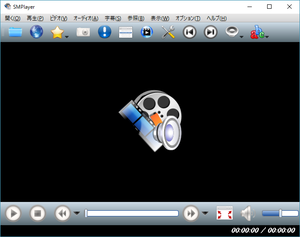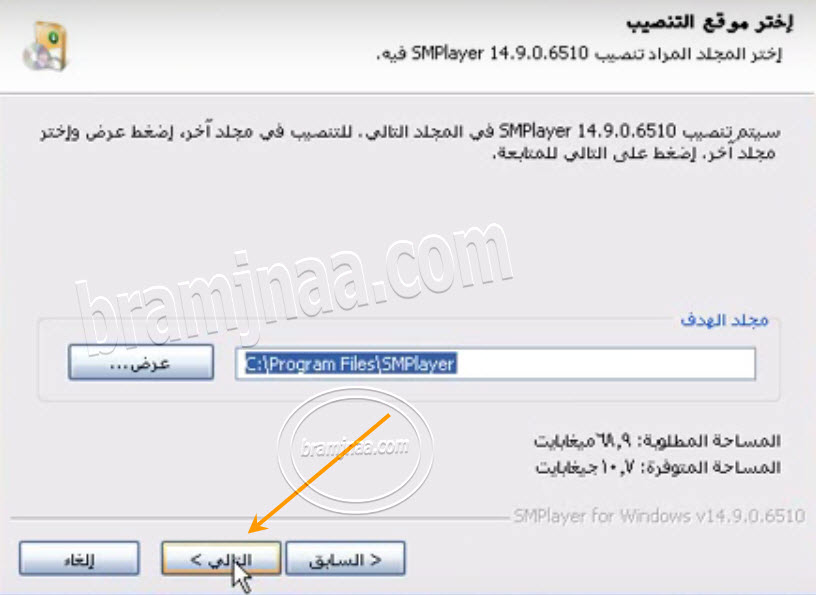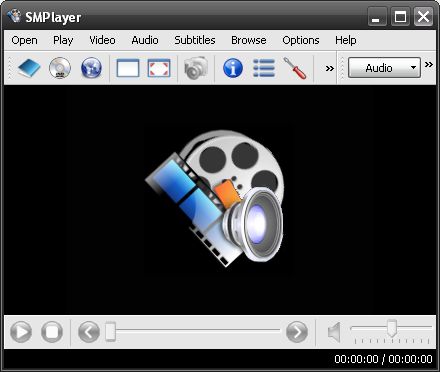
They are actually stored in the SMPlayer directory and not as global codecs which means it is highly unlikely that you will run into incompatibilities with other programs or in the player when you play audio or video files. A great advantage of SMPlayer in my opinion is the way it stores the codecs. This entry was posted in chromecast, smplayer by rvm. You can change some of the settings for the server (like the port to use) in the SMPlayer preferences: Network -> Chromecast. In order to server local files (from your computer) to Chromecast, SMPlayer will run a tiny web server.

There’s also an option in the context menu of the playlist to open the selected video on Chromecast. Important: although SMPlayer will open the web page with your default web browser this will probably only work with Google Chrome and Chromium. You’ll find options to connect/disconnect, start playback and controls for play, pause, volume, seek… This web page can communicate with your Chromecast device. Otherwise Chromecast won’t be able to access the files in your computer.Ī web page will be opened in your web browser with the URL of the video. Note: at this point Windows users will probably get a notification from the Windows firewall. (After that you can stop playback in SMPlayer). Start to play a video in SMPlayer, then select the option Play on Chromecast from the Play menu. This is a tiny web server that SMPlayer will run in order to serve local files to Chromecast.



Click here to see the list of supported media. Notice however that Chromecast only supports a limited list of formats and codecs, so some videos won’t play. Now you can send videos from SMPlayer to your Chromecast device, including local files from your computer and online streams such as TV channels or videos from sites like YouTube, Dailymotion, Vimeo, Vevo and many more. SMPlayer 17.1 features experimental support for Chromecast.


 0 kommentar(er)
0 kommentar(er)
